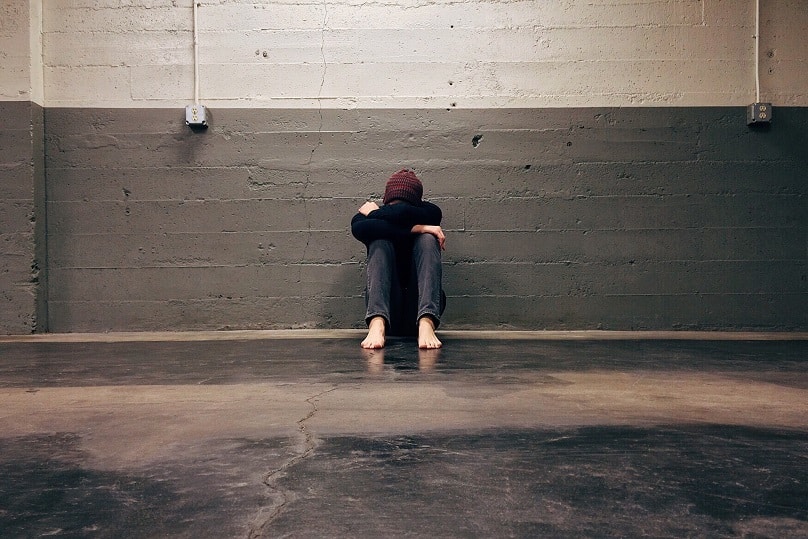
80 per cent of Australian students say that bullying is present in some form at their school, according to a recent study, showing that bullying remains a problem through our schools.
Three out of five students (59 per cent of students) reported having been victims while one in five (20 per cent) admitted they had bullied another person.
Most worryingly however, is that one in seven students who are bullied do not speak to anyone about it. That’s more than 340,000 students who stay silent.
Bullied students who do speak up are most likely to talk to parents (27 per cent) or friends (24 per cent).
The findings come from a McCrindle Research report on a survey 692 students in 2018 from the The Make Bullying History Foundation.
Our schools are doing a great job today of teaching kids what is bullying behaviour, why it is wrong and that bullying is never OK. But the fact that it is still a problem, and so many suffer in silence, is all the more reason to take your child seriously the first time they tell you they have been bullied.
If you think your child is being bullied, you can look for signs of problems at school, as well as emotional and physical signs such as behaviour changes, anxiety, regular headaches or stomach aches, or trouble with sleeping. Your child may come home with unexplained injuries or missing items.
Your child will probably need your help to sort out the issue. The good news is that bullying usually becomes less common as children move through adolescence.
Ways to support your child at home
Show your child lots of love. You can show love in a way that suits your child’s age and maturity. It might be a hug or a pat on the back, or just telling your child you love him or her.
Actively listen to how your child is feeling – for example, ‘It sounds like you’re being left out of a lot of things. That must really hurt’.
Let your child know that what’s happening won’t last forever – for example, ‘Things will get better. You can talk to me anytime, and I’ll help you make sure it gets better’.
Make sure your child knows that the bullying isn’t his or her fault.
Your child needs to know that he or she hasn’t done anything wrong and that they are a likeable person. For example, ‘It isn’t OK for someone to treat you like that. You’re an awesome person, and you don’t deserve it’.
Tell your child that you’ll help him sort it out. For example, ‘Let’s talk about what we can do to help make things better for you. Do you have any ideas?’
Help your child to identify safe places and supportive adults at school. For example, you could use a map of the school to find safe places. You could also get your child to write down the names of three adults at the school she could go to if there’s a problem.
Sometimes your child might not want to talk with you about the bullying. You could suggest he talks to another trusted adult, like a relative or family friend. Or he could call Kids Helpline on 1800 551 800.

Working with your child’s school on bullying
If your child is being bullied at school, it’s important to get the help of the school as quickly as you can.
Schools must take bullying seriously. Your child’s teachers should be trained in spotting and handling bullying. They can work with you to try to prevent further bullying.
Here’s how to involve the school in a positive and constructive way:
Let your child know that you’re going to involve the school. Ask if she’d like to be with you when you talk to the school, and what she wants you to say.
Make an appointment to see your child’s teacher, the year coordinator, or the head of pastoral care.
Discuss the problem with the school representative, put forward the facts as you know them, and ask for the school’s views.
Be assertive – not angry or accusatory – and be ready to listen.
Ask for a copy of the school’s policy on bullying and ask how the policy will be put into action in your child’s situation.
End the meeting with a plan for how the situation will be managed and a time for a follow-up meeting.
If your child doesn’t want the school involved
Your child might be embarrassed or worried that involving the school will make the bullying worse. It’s important to listen to your child’s concerns and see whether there’s anything you can do to make him less worried. For example, you might be able to make an appointment at the school at a time when other students are less likely to notice.
But in the end, you’re the best person to decide what’s in your child’s best interests, even if that means involving the school against her wishes.
It’s best not to contact the young person or people who have taken part in the bullying behaviour, or their parents. This is likely to make the situation worse. It’s always safer to work with the school than to try to solve bullying on your own.
Article published with help from raisingchildren.net.au, an Australian parenting website providing free, reliable, up-to-date and independent information to help your family grow and thrive together. It is funded by the Australian Government, reviewed by experts and non-commercial.
Find this article useful? Sign up for the Connect e-newsletter.
Related articles:
